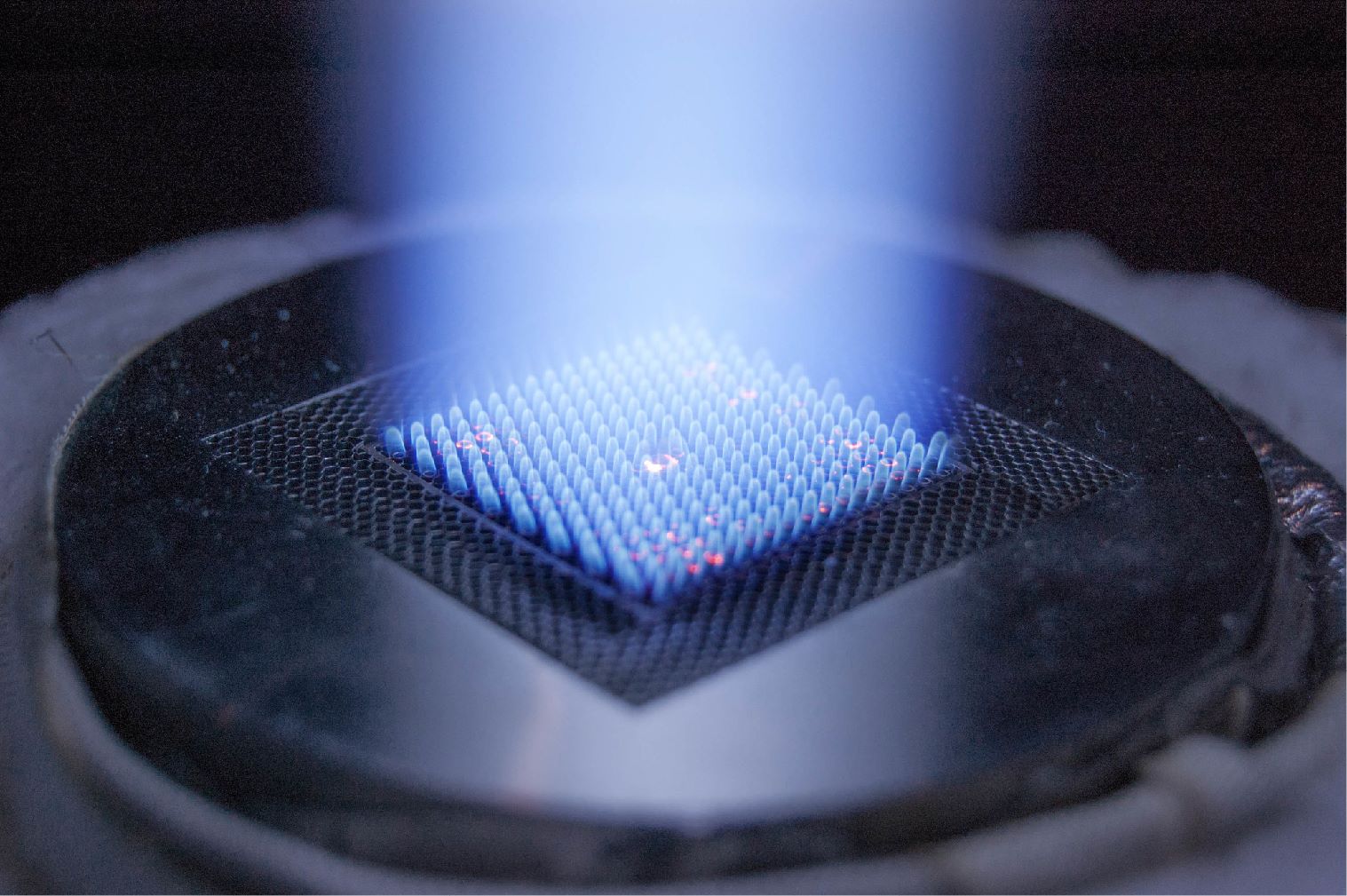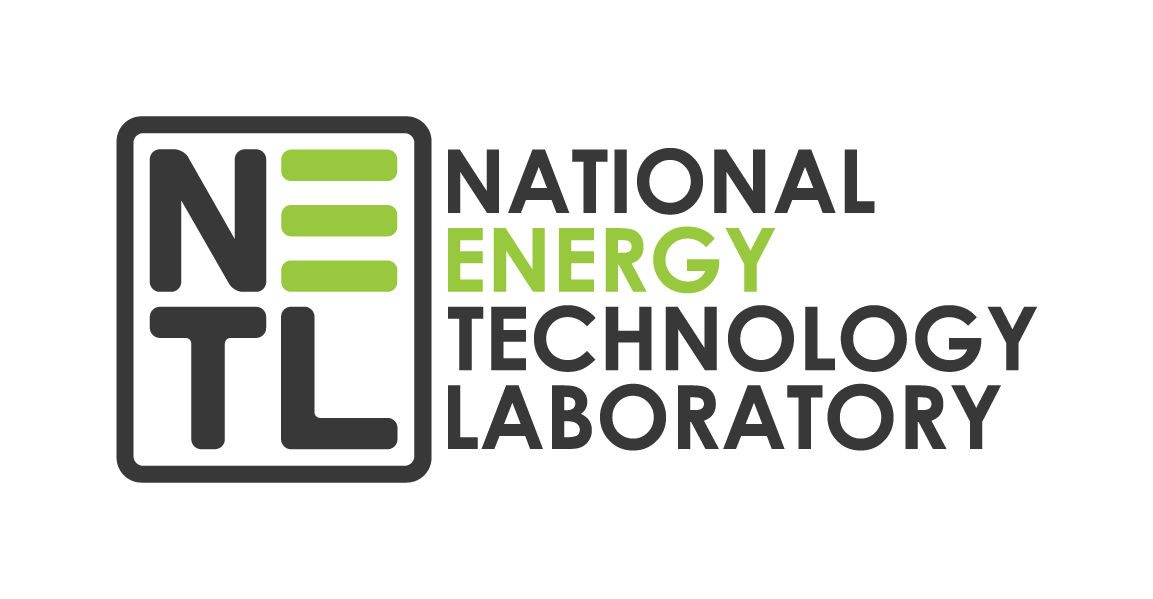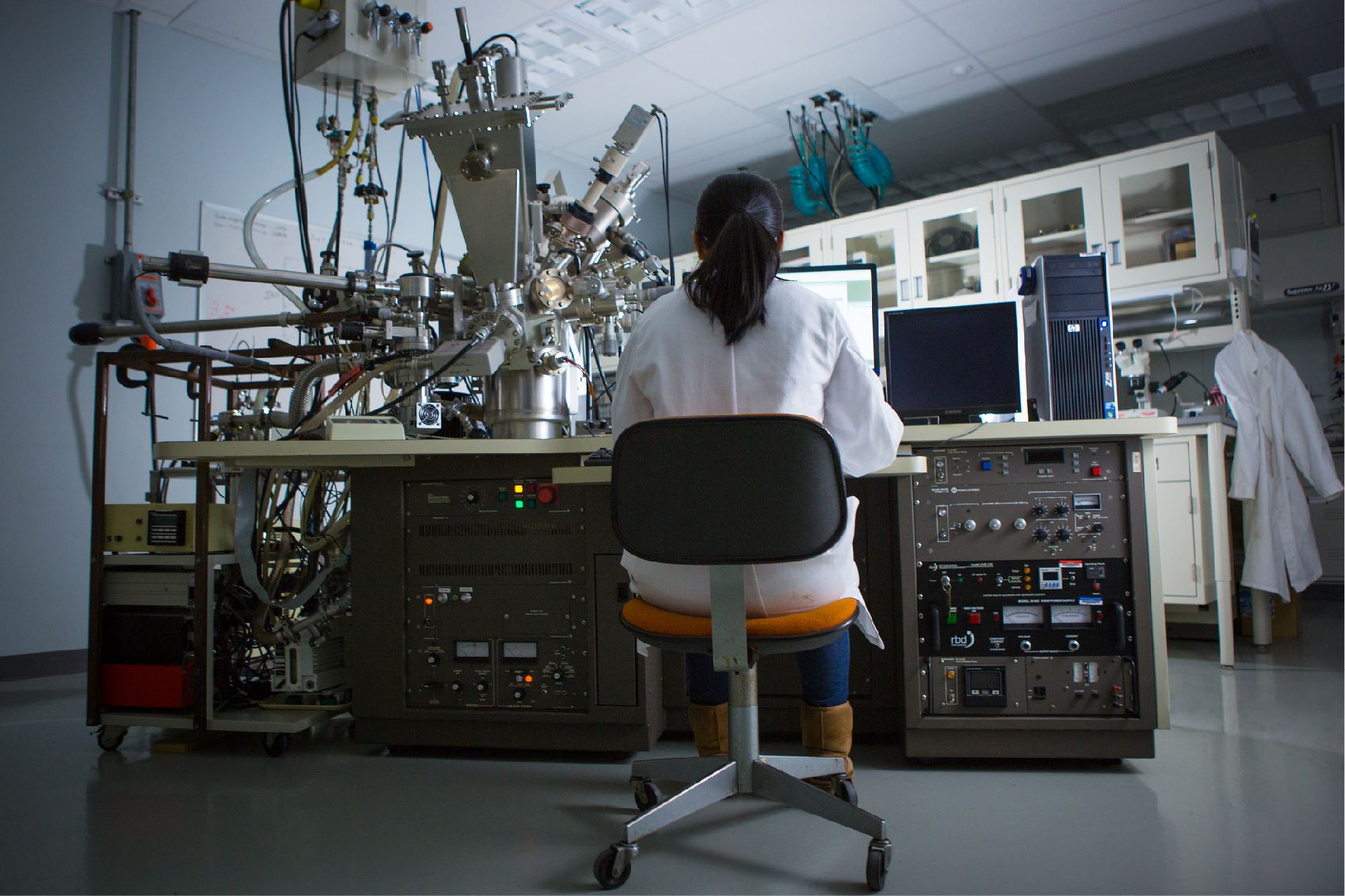NETL researchers used unique laboratory equipment to determine that certain rock formations could self-seal fractures in the presence of stored carbon dioxide (CO2), a finding that means igneous rock intrusions in the eastern U.S. could effectively keep CO2 sequestered and sealed underground.
Carbon capture and storage (CCS) is the separation and capture of CO2 from the emissions of industrial processes prior to release into the atmosphere and storage of the CO2 in deep underground geologic formations. CCS enables industry to continue to operate while emitting fewer greenhouse gases. However, storage must be safe, environmentally sustainable and cost-effective. That’s why NETL researchers examine how rock formations react to exposure to CO2 underground.
Dustin Crandall, a member of the NETL team that led the research, said the new study highlighted the ability of igneous rock intrusions to geochemically self-heal fractures when CO2 is present. The results of the research were published in an NETL report and in an article in the Geological Society of London. He added that the project also allowed NETL to help train a West Virginia University (WVU) student for a bright career in clean energy research ─ training that has already led to a significant career move.
“The eastern U.S., igneous rock intrusions appear to provide excellent sealing potential to geologically sequester CO2,” Crandall said. “It is critical to research this potential so that CO2 storage locations can be located in the mid-Atlantic region where many CO2 point source emitters exist.”
Intrusive igneous rocks are formed from magma that cools and solidifies slowly within the crust of the planet without ever reaching the surface.
To investigate the ability of igneous rock intrusions to “heal” fractures when CO2 is introduced, the research team, consisting of researchers from NETL and WVU worked with the Pennsylvania Geologic Survey to obtain dolerite sills from boreholes near Gettysburg, Pennsylvania. Dolerite is a hard black rock produced when magma cooled. Places where that magma invaded a horizontal plane are called a “sills.”
The specimens were taken to NETL where researchers characterized them using resources not commonly available to universities, state agencies, and research-based consortiums.
NETL used its equipment in conjunction with previous techniques and new, innovative methodologies to develop a systematic approach for the evaluation of cores.
The primary objective of this study was to characterize core from depth with methods not available to most researchers. The study provides a baseline set of measurements to examine the reactivity of the cores when exposed to CO2.
“The sub cores were ground into powder and reacted with a CO2/brine mixture at elevated temperatures and pressures,” Crandall explained. “In less than 10 days, significant reaction materials were generated because of the CO2 interaction. That indicated to us that fractures in these formations may fill with precipitates rapidly when they are exposed to CO2. The next step is to visualize fractured sills during a slow CO2 leak to understand precise timing of these self-seal activities. We think the results are promising.”
“We used our medical CT (computed tomography) scanner to perform imaging on the entire core,” he said. “Targeted higher resolution CT scanning of select sections was performed with NETL’s industrial CT scanner.”
CT scanners use X-ray imaging to produce signals that are processed to generate digital representations of the internal structure of objects. These digital volumes are tomographic images, and provide three-dimensional information on a material.
Researchers performed qualitative analysis of the medical CT images to identify zones of interest for more detailed analysis.
“The ability to quickly identify key areas for more detailed study with higher resolution saves time and resources in future studies,” Crandall added.
The project was also a successful mentoring opportunity for the Laboratory to help encourage a young scientist prepare for an energy research career. WVU student Rhiannon Tempke, while serving at NETL as an Oak Ridge Institute for Science and Education (ORISE) participant, helped lead the program’s analysis phase.
Her work on the project examined diabase cores from the Pennsylvania site to determine potential for CO2 storage by assessing chemical and physical properties. The work was the subject of her master’s degree research. After the successful conclusion of the research, she became a carbon capture, utilization and storage analyst with Rystad Energy in Oslo ─ a world-leading analysis and consultancy company that offers services and analysis across a full spectrum of energy sources and maintains a presence across the globe.
NETL is a U.S. Department of Energy national laboratory that drives innovation and delivers technological solutions for an environmentally sustainable and prosperous energy future. By leveraging its world-class talent and research facilities, NETL is ensuring affordable, abundant and reliable energy that drives a robust economy and national security, while developing technologies to manage carbon across the full life cycle, enabling environmental sustainability for all Americans.




